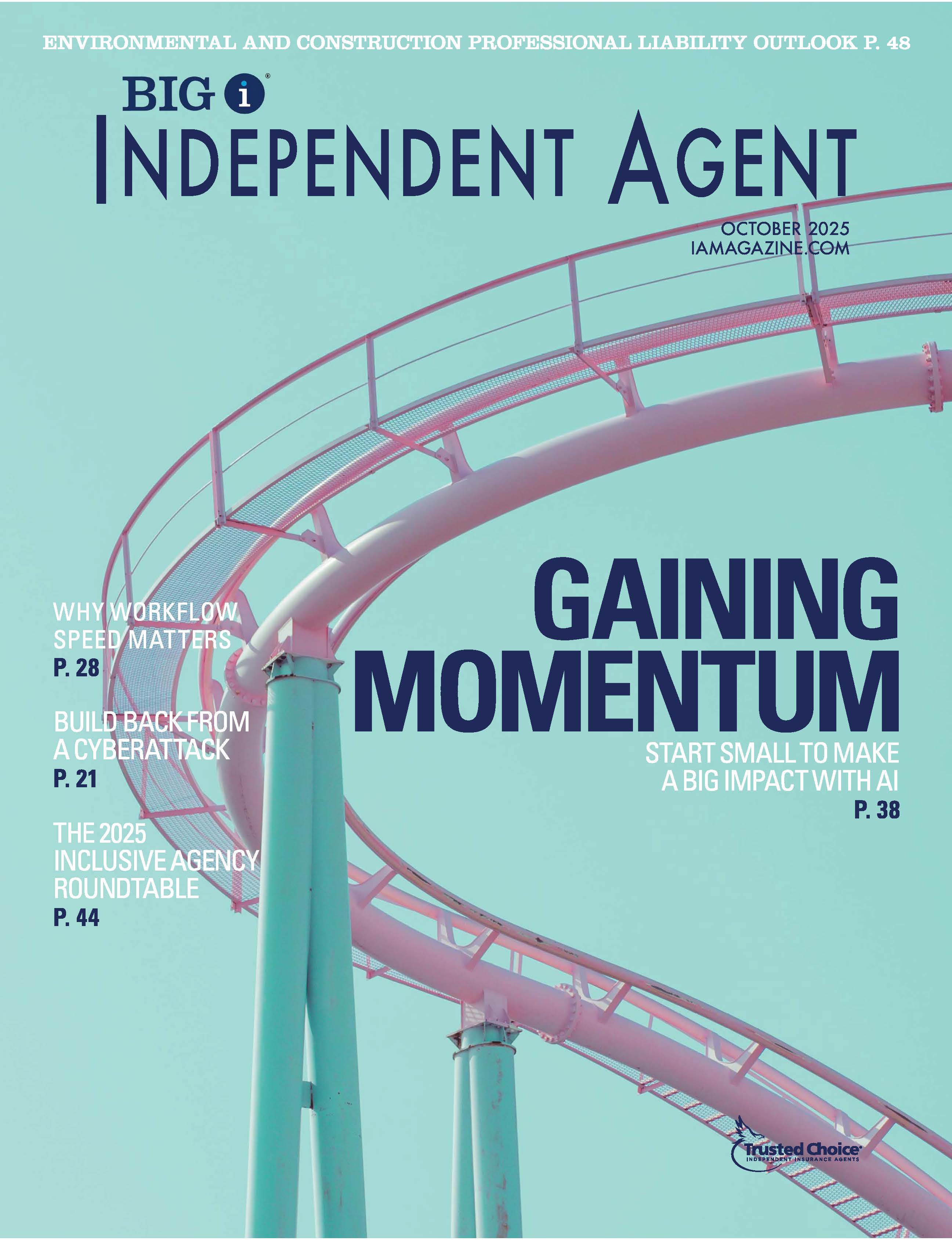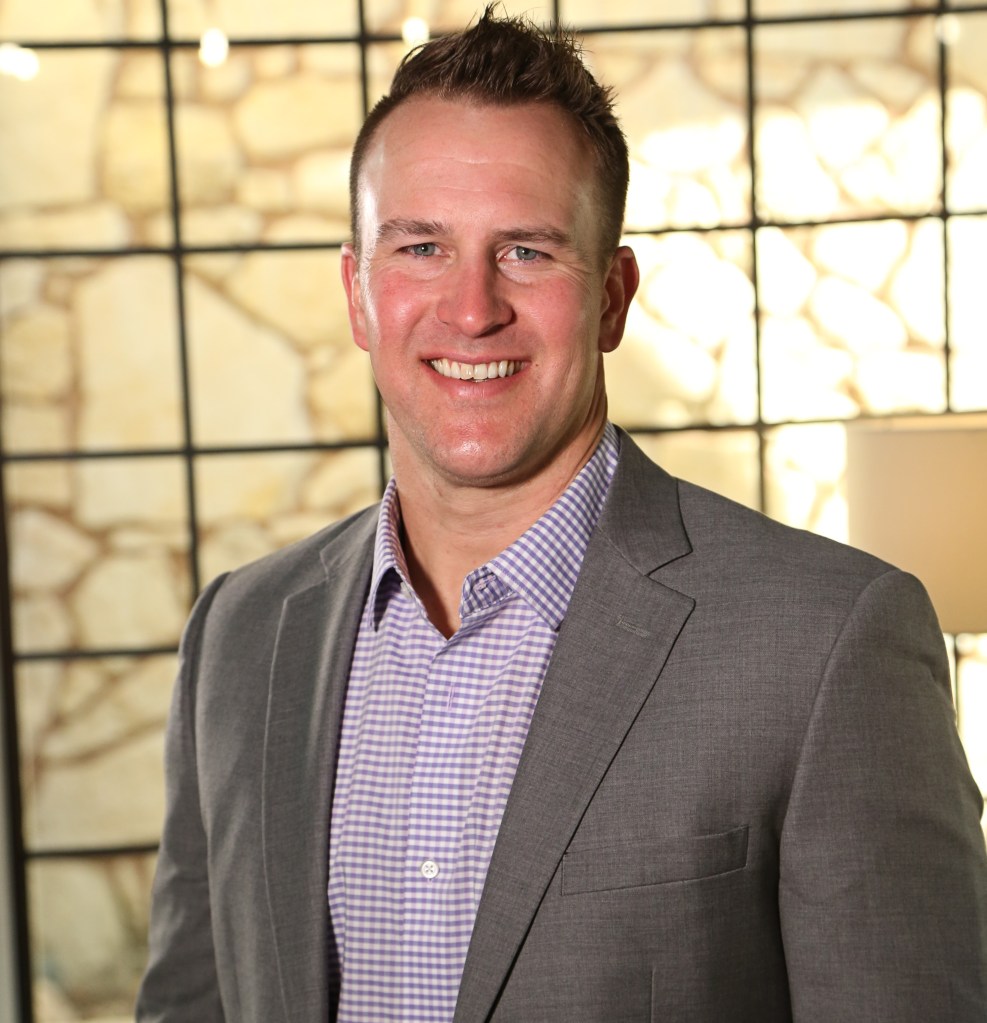4 Ways to Grow Your General Liability Book

By: Jacquelyn Connelly
General liability is one of the broadest markets in commercial insurance—which means getting a strong foothold there is guaranteed good news for your business.
MarketScout currently places GL rates at about a 2-point reduction, and “we’re seeing a continued about 2-point exposure growth,” says Eric Smith, senior vice president of commercial lines at Nationwide. “As the country comes out of the economic recession and continues the expansion, we expect the industry to stay relatively flat.”
There are exceptions to every rule—commercial auto is one, Smith says; convenience stores are another, according to Bonnie Steen, vice president/associate managing director, Burns & Wilcox. Peter McMurtrie, vice president, commercial lines middle-market business development at Nationwide, says the same of the New York City construction segment: “Some of the labor law changes have created a cost shift in the GL segment, creating a harder market and more inflated pricing to correspond to the exposure change.”
“While GL pricing is generally flat, there are some nuances when you look at individual industries,” summarizes Angela Adams, deputy chief underwriting officer, senior vice president casualty & specialty for Hiscox USA. “For example, smaller risks are probably more flexible in terms of pricing.”
Moving forward, then, GL growth will require “taking share in the market,” Smith predicts. “What’s in the marketplace is staying flat and moving from carrier to carrier. It’s the new exposure opportunities, in my opinion, that create the opportunity.”
Here are four ways to seize every opportunity the sizable GL insurance market has to offer your agency.
1) Focus on a specific niche. If you’re trying to grow your GL book, remember that certain industry verticals are more likely to be growth segments than others. McMurtrie recommends targeting hydraulic fracking, human services and the booming construction market, both commercial and residential. Steen, meanwhile, suggests getting a piece of the craft beer startup and nonprofit spaces.
“Agents should understand where those opportunities are, position themselves to be experts in those segments, and have carrier partners that have the expert capability from an underwriting, loss control and claims perspective,” McMurtrie recommends.
“My philosophy has always been the same—look for the need,” Adams agrees. “Everybody seems to gravitate toward the same segments, and then you have 50 different competitors. Look for a place where nobody wants to play. Try to find something that nobody’s truly thought of yet, or where there are very few people out there doing any of that business now, and become an expert at it.”
Steen suggests seeking out relationships with trade associations, then putting together a program for that particular risk. “Every association has a bunch of members,” she points out. “Barbers and beauty shops, attorneys, plumbers—you could possibly get in with an association to try to obtain a large book of those particular types of risks.”
2) Round out the account. If you write a client’s property and workers comp, why aren’t you writing their GL, too? “It sounds like such a simple idea, but you probably have a list of prospects within your own current book of business you could go after,” Steen suggests.
And don’t be afraid to push additional coverages to your current GL clients. “It could be employee benefits coverage, hired and non-owned auto, an umbrella, professional liability, cyber’s a big ticket,” Steen points out. “Or maybe it’s offering higher underlying GL limits, a blanket waiver of subrogation and a blanket additional insured. All those bring in more coverages and more premium.”
3) Understand the policy language. Your commercial clients choose to work with you because of the expert advice an independent agent brings to the table. Make sure you live up to your promise and draw their attention to specific policy language that could have negative consequences in the event of a claim.
For example, Steen says more insurers are starting to use crime index scores in underwriting. “If a risk comes back with a bad crime score in the area it’s located, companies may possibly want to come out and put out an assault and battery exclusion,” she notes.
And pay close attention to edition dates—for example, are you using the most recent ISO CG 21 44 policy form? The latest version narrows coverage more than its 1998 predecessor, Steen points out.
“With the 1998 form, you had a chance to possibly find some coverage for some off-premises activity relating to operations necessary or incidental to those premises in the schedule,” Steen explains. “The new form specifically says that the damage or injury has to arise on the premises shown in the schedule or on the grounds and structures appurtenant to the premises, or it has to arise out of the project or operations shown in the schedule. It really tightens up the original intent of the 21 44.”
4) Keep one eye on the future. “The GL market is an interesting state—insurance carriers are responsible for mitigating risks in a world that is becoming more interconnected every day,” Adams says. Consider self-driving cars, which could completely eliminate the auto liability exposure while creating a new product liability risk, she points out. 3D printing is another example—“in the past, printing would not have been a liability at all unless you were writing a media policy,” she notes. “But 3D printing now is becoming a product liability issue.”
“The Internet of Things creates the liability exposure of a connection of many devices to one—whether it’s a data hub or a home security system, that is creating a new ecosystem which feeds cyber risk,” Smith agrees. “Cyber is continuing to expand where it can become a liability, and that’s a huge area of opportunity. It really comes down to developing new product offerings and coverages that are designed specifically to address these emerging risks and exposures—emerging products that heretofore did not exist.”
Adams expects it to take “a good 36 months of evaluation with any of these topics to figure out how we insure them. We want to make sure we not only insure these emerging risks in the best interest of not only our clients, but also our insurance companies.”
No carrier wants to cover a loss that shouldn’t fall under the GL purview to begin with—and knowing where that starts and stops without the benefit of claims data is a monumental task. “A lot of times, the commercial insurance industry can be reactionary and not proactive because determining how to insure new risks is difficult when you don’t know how claims will come in,” Adams says. “That was certainly the case with GL when the internet became something everybody used—there was no real coverage in the market for that, nor had it been addressed.”
The same goes for today’s emerging risks. “GL is a very broad spectrum—you can find a lot of coverage in there if you look for it and you do your due diligence,” Adams says. “So there’s a lot of caution being exercised in the industry today. Not knowing some of these interconnectivity issues we’re going to have is making this very difficult for all of us. Where we’re at right now is that we’re looking at a whole new world.”
Jacquelyn Connelly is IA senior editor.










